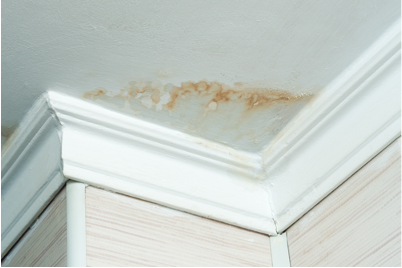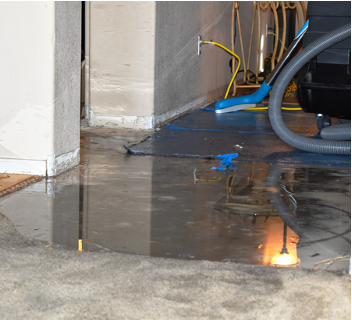Spicola Restoration is a company dedicated to helping communities recover after a disaster strikes. Whether it's a burst pipe affecting a single home or a natural disaster impacting the community as a whole, they're available around the clock to help restore properties to their pre-loss conditions. Their commitment extends to assisting businesses to get back on their feet and supporting their neighbors in restoring their homes. With a focus on delivering peace of mind to their clients, Spicola Restoration is a trusted partner for disaster recovery.

Spicola Restoration offers this article as a guide for those experiencing a disaster, such as a leak, hurricane, flood, or similar incidents, to help them prepare before professional assistance arrives.
Stopping the Water Source:
The first step in restoring water damage is stopping the water source. This could mean turning off the main water supply, fixing a leaky pipe, or patching a hole in the roof. It's essential to address the water source as soon as possible to prevent further damage and minimize the amount of water that needs to be removed. The restoration will be more complex and costly if the water source is not addressed.
Assessing the Damage:
Once the water source has been stopped, the next step is to assess the damage. This involves determining the extent of the water damage and identifying any areas that may require special attention. Documenting the damage with photographs and notes is essential, as this information will be helpful when working with insurance companies or restoration professionals
Removing Water and Moisture:
The third step in effectively restoring water damage is removing any standing water and moisture from the affected area. This can be done using pumps, wet vacuums, and dehumidifiers. Acting quickly is essential, as standing water can lead to mold growth and further damage to the property. Once the water has been removed, it is crucial to use fans and open windows to promote air circulation and help dry out the area. More about this can be found at Spicola Restoration Water Restoration.

Cleaning and Sanitizing the Affected Area:
After removing the standing water and drying out the area, it's important to thoroughly clean and sanitize the affected area. This will help prevent the growth of mold and bacteria, which can cause health problems and further damage to the property. This is done using a mixture of water and bleach to clean hard surfaces and a specialized cleaner for carpets and upholstery. While cleaning, protective gear, such as gloves and a mask, is necessary to avoid exposure to harmful substances.
Restoring and Repairing the Damaged Property:
Once the affected area has been cleaned and sanitized, it's time to restore and repair any damage that has occurred. This may include replacing drywall, flooring, or other materials that have been irreparably damaged. Working with a professional restoration company is critical to ensure the repairs are done correctly and safely. They can also help navigate the insurance claims process and ensure that you receive the compensation you deserve for the damage.
Conclusion:
Hopefully, these five steps will help to minimize the damages before the professionals come out. To learn more about restoration or even hire services, check out our Spicola Restoration’s website.
Media Contact
Company Name: Spicola Restoration
Contact Person: Joseph Spicola
Email: Send Email
Phone: 8136994009
Country: United States
Website: https://www.spicolarestoration.com/
